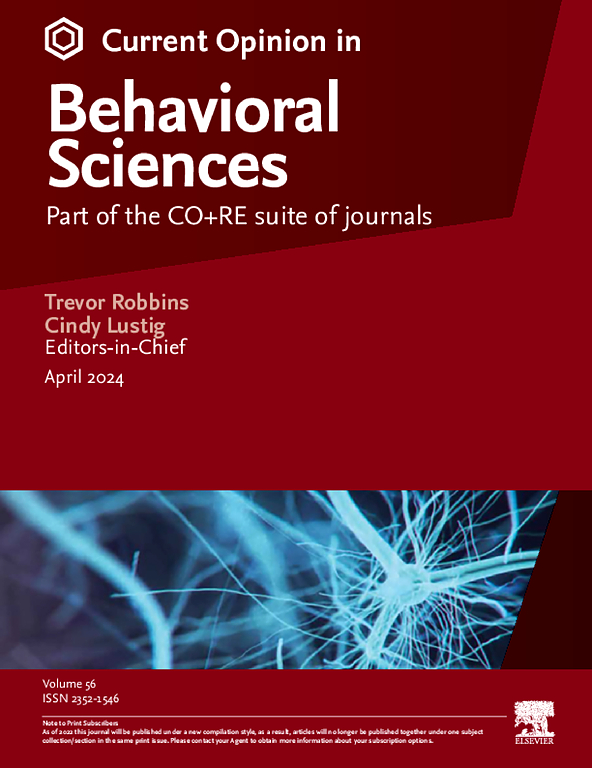The Default Mode Network and inner time consciousness
IF 3.5
2区 心理学
Q1 BEHAVIORAL SCIENCES
引用次数: 0
Abstract
The default mode network (DMN) exhibits distinct dynamic and topographic features relative to the brain’s other networks, yet their link to consciousness remains unclear. We review both neural (DMN-based topography and dynamics) and mental (experience of time speed, mental time travel, and self-non-self) findings across diverse nonordinary states of consciousness, including reduced (anesthesia, Unresponsive Wakefulness Syndrome), elevated (meditation and, to some degree, psychedelics), and abnormal (depression, mania) consciousness. Both reduced and elevated states are featured by topographic ‘flattening’ of the brain’s DMN-centric organization while they differ in their dynamics, that is, longer versus shorter timescales. A neural continuum emerges with different degrees of DMN-centric topography along its extremes: from heightened DMN-centric re-organization in depression, over flattened configurations in psychedelics and meditation, to heightened sensorimotor-centric re-organization in mania. This neural continuum parallels a mental continuum along different balances within inner time consciousness, including slow versus fast time speed, past–present–future (mental time travel) and self versus non-self/other. In conclusion, we propose novel neurophenomenological hypotheses about the intrinsic relationship (‘complex correspondence’) of the brain’s DMN-centred topography and dynamics with inner time consciousness.
默认模式网络与内在时间意识
相对于大脑的其他网络,默认模式网络(DMN)表现出不同的动态和地形特征,但它们与意识的联系尚不清楚。我们回顾了神经(基于dmn的地形和动力学)和精神(时间速度、精神时间旅行和自我非自我的体验)在不同的非正常意识状态下的发现,包括减少(麻醉、无反应觉醒综合征)、提高(冥想和某种程度上的迷幻剂)和异常(抑郁、躁狂)意识。降低状态和升高状态的特征都是大脑dmn中心组织的地形“扁平化”,而它们的动态不同,即更长与更短的时间尺度。神经连续体呈现出不同程度的以dmn为中心的地形,沿着其极端:从抑郁症中dmn中心的高度重组,迷幻剂和冥想中过于扁平的结构,到躁狂中感觉运动中心的高度重组。这种神经连续体与内在时间意识中不同平衡的精神连续体平行,包括慢速与快速、过去-现在-未来(精神时间旅行)和自我与非自我/他者。总之,我们提出了关于大脑以dmn为中心的地形和动态与内在时间意识的内在关系(“复杂对应”)的新的神经现象学假设。
本文章由计算机程序翻译,如有差异,请以英文原文为准。
求助全文
约1分钟内获得全文
求助全文
来源期刊

Current Opinion in Behavioral Sciences
Neuroscience-Cognitive Neuroscience
CiteScore
10.90
自引率
2.00%
发文量
135
期刊介绍:
Current Opinion in Behavioral Sciences is a systematic, integrative review journal that provides a unique and educational platform for updates on the expanding volume of information published in the field of behavioral sciences.
 求助内容:
求助内容: 应助结果提醒方式:
应助结果提醒方式:


